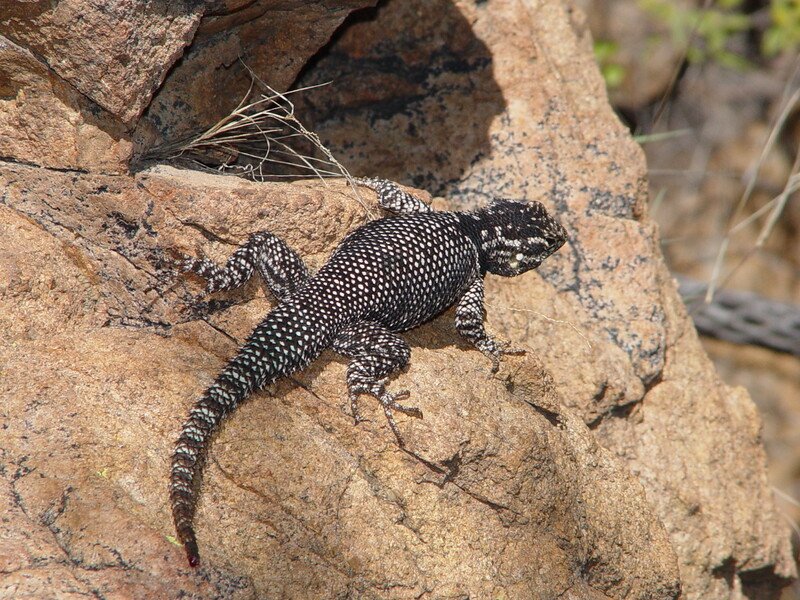For Immediate Release, November 19, 2025
|
Contact: |
Krista Kemppinen, Center for Biological Diversity, (602) 558-5931, [email protected] |
Endangered Species Protections Sought for Arizona Lizard Threatened by Climate Change
TUCSON, Ariz.— The Center for Biological Diversity petitioned the U.S. Fish and Wildlife Service today to protect the Mule Mountains population of the Yarrow’s spiny lizard under the Endangered Species Act.
These genetically distinct lizards live on a single mountain range in southern Arizona’s Sky Islands just outside of Bisbee. Rapidly warming temperatures have forced the population to higher elevations over the past eight years. If the rate of warming continues, their remaining habitat will become uninhabitable, pushing the lizards to extinction.
“The Mule Mountains population of the Yarrow’s spiny lizard has been around for approximately 3 million years, about as long as many lizard species,” said John Wiens, co-author of the petition and a professor at the University of Arizona. “Unfortunately, with the pace of warming we’re seeing, they could vanish from Earth within just a few years.”
The lizards — which are a few inches long, with subtly multi-colored scales and a complete black collar — now have only about 272 feet of elevation left near the highest peaks.
The decline of the Mule Mountains population reflects what is happening to hundreds of species at the lower edge of their ranges because of climate change. But in Yarrow’s spiny lizard, the rates of contraction at these lower edges are among the fastest ever recorded, which suggests that a growing number of plants and animals may soon be lost where there is nowhere for them to move to.
“Yarrow’s spiny lizards are hanging on in the Mule Mountains by a thread, but protection under the Endangered Species Act could turn things around and give them a chance at survival,” said Krista Kemppinen, Ph.D., a senior scientist at the Center for Biological Diversity. “It would result in a focused recovery plan and could help safeguard the habitat these lizards have left from human-caused threats.”
The presence of active mining claims in the Mule Mountains suggests mining is also a potential threat to the lizards’ survival.

The Center for Biological Diversity is a national, nonprofit conservation organization with more than 1.8 million members and online activists dedicated to the protection of endangered species and wild places.

